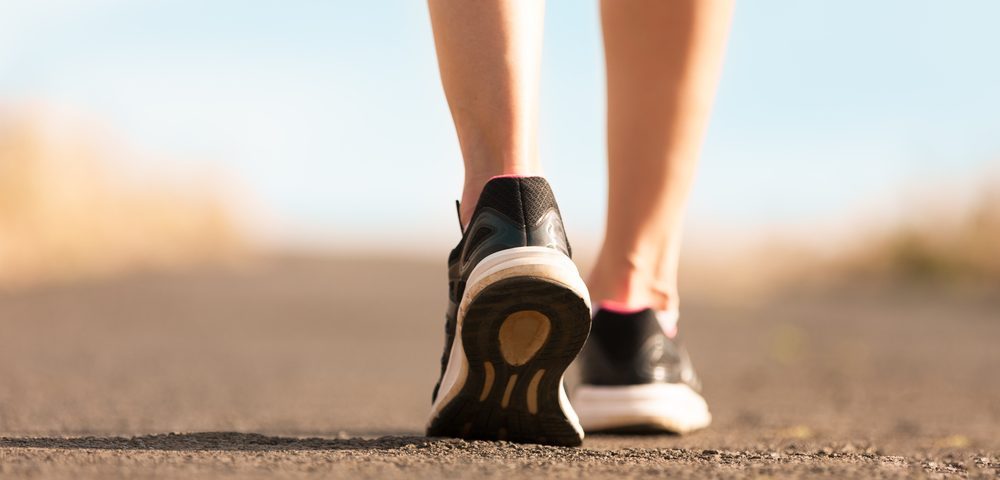I Manage Pain Flares with Physical Activity
Written by |

I’ve made a lot of progress in learning how to manage Ehlers-Danlos syndrome (EDS), but I still experience pain flares.
My most recent flare improved dramatically after a massage. I was mostly back to normal (at least my version of normal), but then I went to a conference. I stayed in a rather upscale hotel with expensive amenities and what I’m sure was a deluxe mattress, but my back was not a fan. I was so stiff when I woke up that I could barely walk. My muscles were tight and my joints ached. I was OK once I got moving, but I knew that any progress during my last massage had been undone. It didn’t help that I was at a highly intensive conference with sessions until dinner.
In other words, I sat a lot. Ugh.
It might seem counterintuitive, but if I’m sore, I actually try to keep moving (to a certain extent, of course). I’ve found that a moderate amount of exercise during a pain flare keeps things from progressing until I can get a massage. It works more often than not, at least for me.
People often don’t understand why I want to keep moving when I’m in pain. There are a few reasons. I find activity helpful, but also, who wants to wallow in their pain if they can improve the situation? Yes, there are times when I need to rest. Rest is critical to my well-being. But for me, there’s a balance between rest and recovery via movement.
I tried to stand as much as possible during the conference and move around between sessions, but there was only so much I could do. After dinner, I did some modified Pilates in my hotel room and walked about half a mile to the restaurant area bordering the University of Maryland, where the conference was held. I felt so much better afterward. I wasn’t magically healed, but it was something.
Thankfully, I have the best massage therapist ever. Kim fit me into her schedule so she could redo all the progress we made last time. It’s a constant, and sometimes frustrating, cycle, but I’m so glad I’ve discovered tools that help me manage EDS the best I can.
***
Note: Ehlers-Danlos News is strictly a news and information website about the disease. It does not provide medical advice, diagnosis, or treatment. This content is not intended to be a substitute for professional medical advice, diagnosis, or treatment. Always seek the advice of your physician or other qualified health provider with any questions you may have regarding a medical condition. Never disregard professional medical advice or delay in seeking it because of something you have read on this website. The opinions expressed in this column are not those of Ehlers-Danlos News or its parent company, Bionews Services, and are intended to spark discussion about issues pertaining to Ehlers-Danlos.





Leave a comment
Fill in the required fields to post. Your email address will not be published.